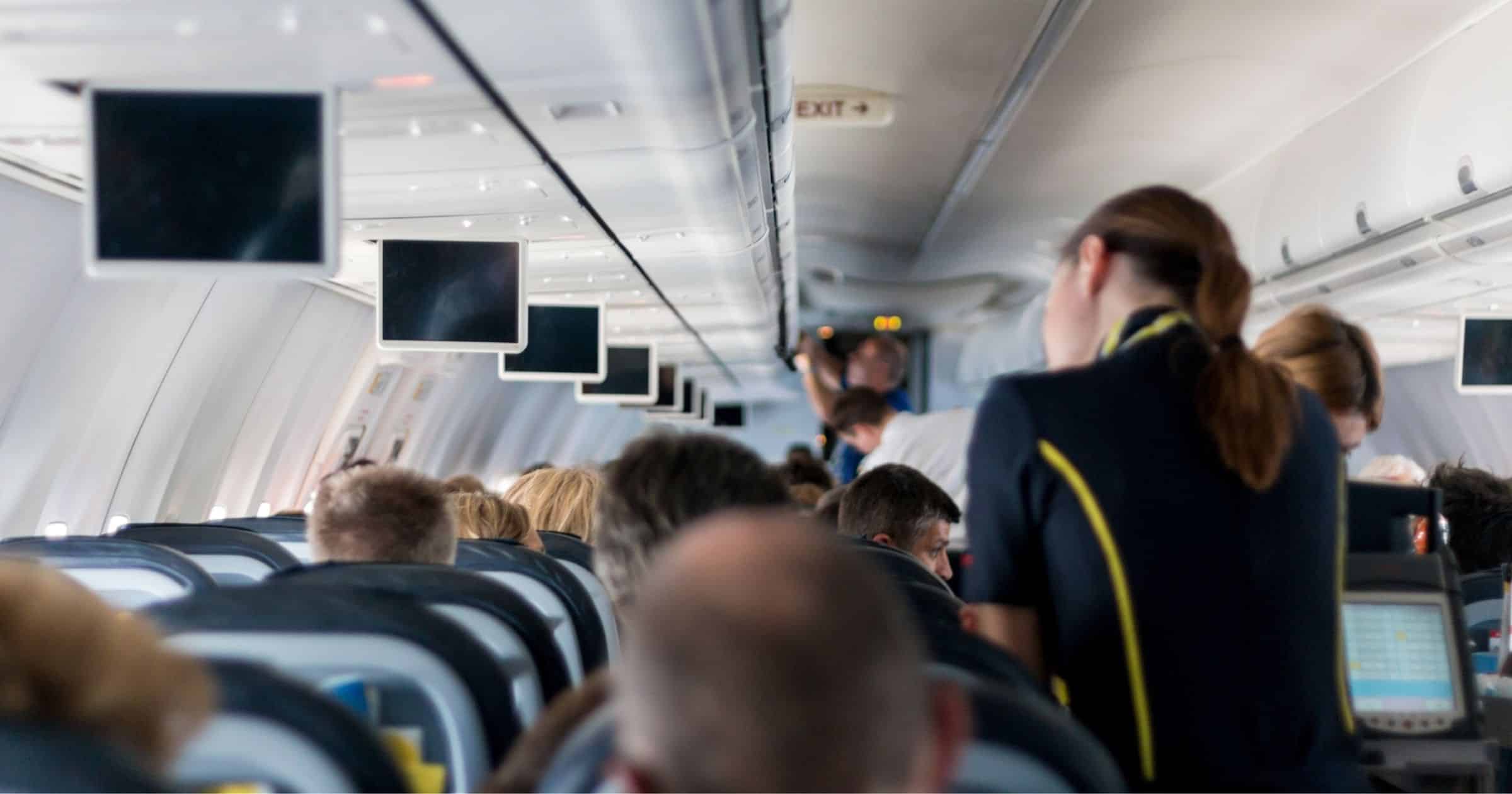While growing up, my parents often reminded me, “Mind your manners.” Those manners included not eating with your mouth open and making noises, leaving a tip at a restaurant, waiting patiently in line, not standing too close to others, saying please and thank you, and being treated equal as a woman. Little did I know, as a child, that these we were American customs and rules of etiquette.
At age 17, I spent my summer abroad as an exchange student in the Netherlands. That summer, I explored the Netherlands as well as Germany and England. It was an eye-opening experience, especially in terms of cultural etiquette.
I learned that the Dutch often greet people by air kissing three times near the cheek. Talk about an invasion of my space. They also eat meals with a knife and fork, including sandwiches, with the fork in the left hand and the knife in the right hand. To this day, I still use a knife and fork when eating most meals. I discovered that the “OK” sign was disrespectful in Germany. I found out that the British are sticklers for queuing (waiting in line) and are polite and courteous as they wait, unlike many Americans.
In Singapore, they do not tolerate people throwing gum on the ground, so they made chewing gum illegal. When I arrived at the Singapore airport, I threw out all my packs of gum to avoid accidently popping a piece in my mouth. The Japanese think tipping is rude. To them, it signifies, “they should take the tip money to get more training.”
Fast forward 42 years after visiting my first foreign countries and I have now explored 93 countries on all 7 continents. During my journeys, I have encountered numerous cultural etiquettes, some that I was aware of and others that I learned the hard way.
What exactly is cultural etiquette? It’s a code of conduct that is passed down through societies from generation to generation and refers to the cultural guidelines of what is appropriate or inappropriate and what is polite and impolite. As one travels, you encounter these unique traditions that often put you in awkward situations. It is how we react to these cultural etiquettes that is most important.
My biggest cultural shocks occurred during my travels around India. I flew from Paris to New Delhi, and was seated in the middle of the plane. When the airplane landed, I expected the people behind me to allow me to disembark, but not one person stopped and allowed me to exit. How rude! I was the last one off. As I explored India and waited in line, the locals always jumped in front of me. How rude! When a tour guide explained that this was Indian culture, that Indians feel queues are a deterrent to the normal pace of day-to-day life, I was no longer offended and began to push my way toward the front.
The stories could easily go on, so how does one navigate all this? As educators who lead students on trips, it is our responsibility to research cultural etiquette before you arrive. Goodtourismblogger.com has a great article about this topic, “Cultural Etiquette: Navigating Customs and Traditions with Respect and Grace.” Author Kaushal Chaklaslya states, “It is vital we familiarize ourselves with customs and traditions. By doing so, we will foster significant connections, avoid unintentional offense, and create tremendous stories.” The three key areas that she focuses on include (1) greetings and gestures, (2) dining etiquette and (3) open-mindedness and sensitivity.
I have to chuckle about gestures because it reminded me of an experience in Greece. I was leading a college study abroad trip and observed a man playing a bouzouki, a Greek instrument. As I started to walk away, he asked for money. I declined, and he made a gesture toward me (moving his hand from side to side) and called me an obscene name. Personally, I was not offended, even though his reaction was inappropriate, but I knew it was a good teachable moment for the students. I simply walked away without responding.
Educators must have conversations with their students about how to handle similar situations. If a person is rude to you, especially because you do not understand the cultural differences, how do you react? Often, it is best to apologize or simply walk away, but most importantly, be tolerant of the differences. Leaderonomics.com stated eight etiquette tips when leading student groups overseas.
- Have an open mind and be willing to learn.
- Understand value systems.
- Know how to greet one another.
- Be aware of personal space.
- Find out gender etiquette.
- Avoid language that is difficult to understand.
- Watch your hand gestures and signals.
- Be polite around the table.
These techniques will ensure smoother communication in multicultural settings and help all to align themselves with the culture and tradition of a place.
Written by Julie Beck, student travel pro and contributing writer for Teach & Travel.
This story was originally found in the September 2023 edition of Teach & Travel.




